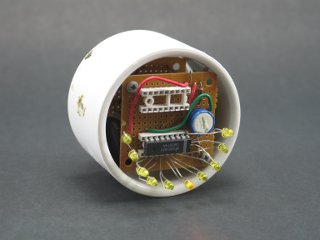DIY Paracord Bootlaces
Six years ago I walked into an Army-Navy surplus store and bought a pair of Hi-Tec hiking boots for something like 30 dollars. They're sturdy and very comfortable, have given me good service in all sorts of places and conditions, and are likely to keep doing so for years to come. The laces, however, were beginning to show their age and experience; the anglets had come off and the inner core of the laces had retreated into the outer sheath. I had an opportunity, therefore, to replace them with a much stronger and more useful type of bootlace: mil-spec 550 parachute cord.

Black never goes out of style
This fits into the trend of survival experts and EDC enthusiasts carrying miles of paracord on their persons at all times, usually by tightly weaving it into something like a watch band or key chain. I'm impressed by their techniques but I'm far from being a serious student of wilderness survival—I only sniff around the edges of that community—but I enjoy hiking now and again and I'm very much a fan of preparedness and capability in all aspects of life.
